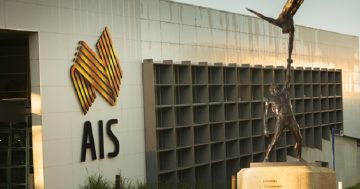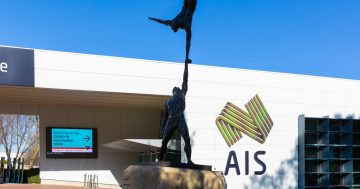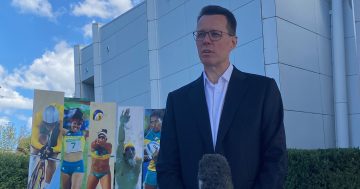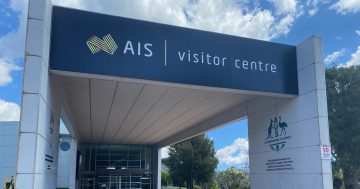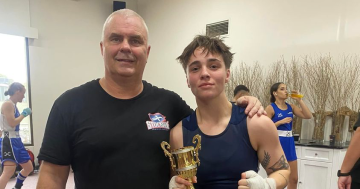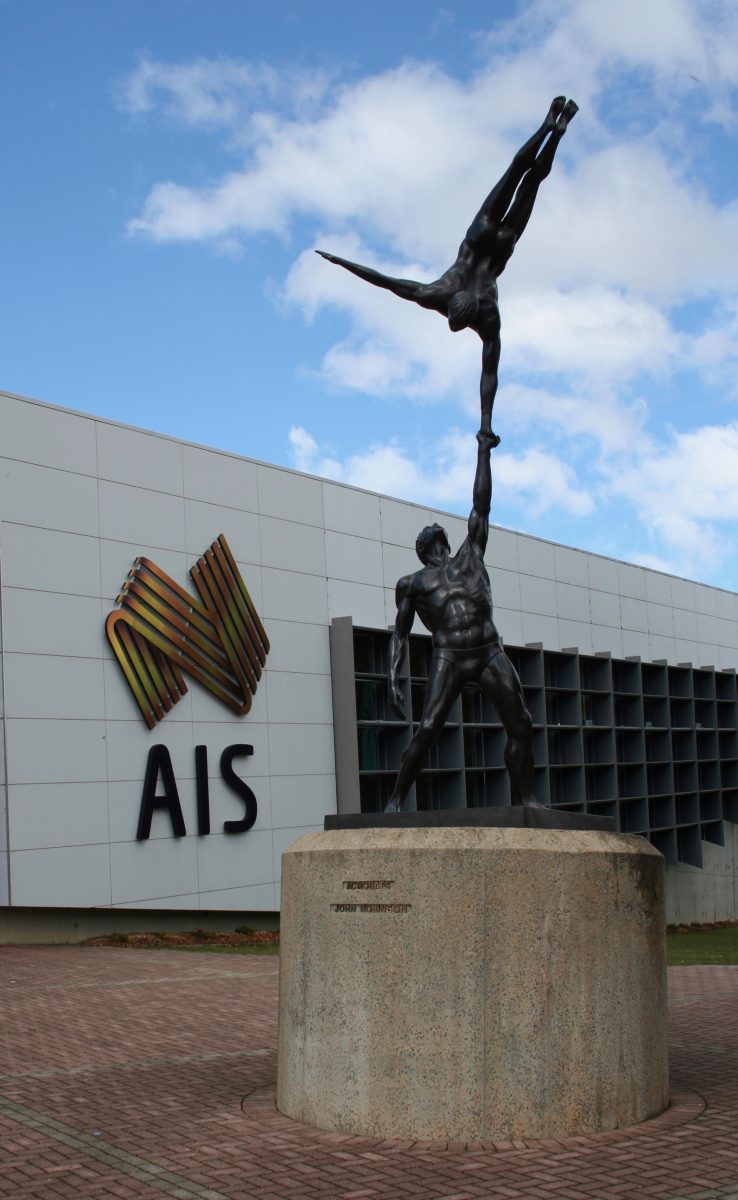
“Acrobats” sculpture by John Robinson outside the AIS Visitor Centre. Photo: Jennifer Andrew.
I have virtually lived and breathed the AIS for the past 30 years, so I feel as though I am in as good a position as anybody else to comment on the overhaul to the Canberra campus.
When I first arrived in Canberra, the Institute was a hive of activity. There was a sense that everybody was working towards a common goal. You could walk through the campus and be inspired by the presence of the likes of Rob de Castella, Michael Klim and Alex Popov heading from one part of the AIS to the other.
It was inspirational with world and Olympic champions motivating each other by their very presence.
It was the same in the offices and rooms, which appeared off-limits to many. Sports scientists and biomechanics occupied these spaces. These people had helped propel Australia into the sporting stratosphere.
Let’s not forget the AIS was established in 1981 as a response to Australia’s failure to win a gold medal at the Montreal Olympics. So to become a world leader in a relatively short space of time was no mean feat.
I first noticed the change about five years ago. The inspiration that I had encountered every time I went to the AIS was no longer there and the perception was growing that it was just another public service building. The campus was being overrun by school-age sporting groups utilising the facilities as part of a commercial operation. At a superficial level, there was no sense that it was a centre of excellence.
At the same time, a number of leading Australian coaches were being coaxed overseas by cashed-up rivals.
There was a feeling that Australia’s rivals were mirroring the approach taken by Australia, and in many cases, doing better. While countries such as England were starting to put more resources into sport and sports science, many had the impression that Australia was being forced to do more with less and had resorted to running school sports camps to fund the elite programs.
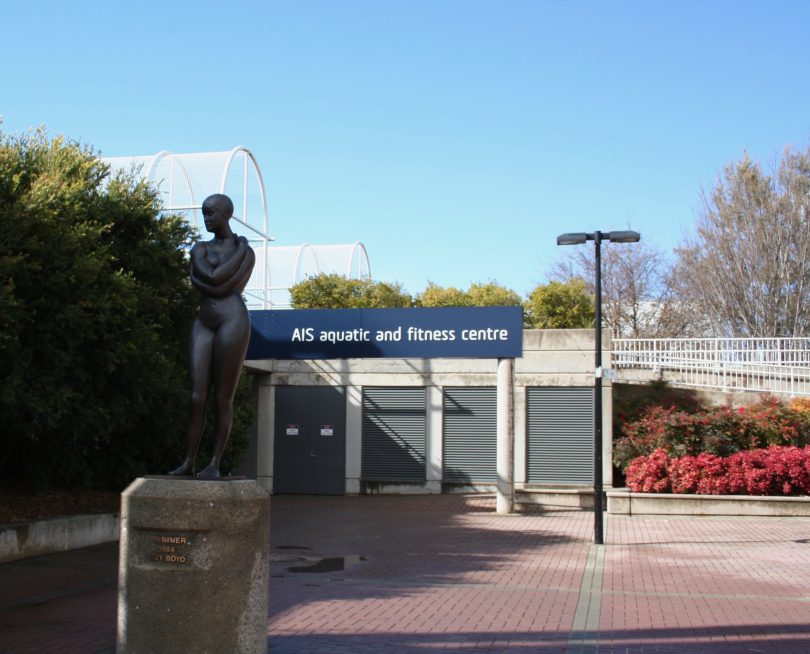
AIS Aquatic Centre. Photo: Jennifer Andrew.
It is for that reason that I wouldn’t be blaming the current administration for the changes that have altered the role of the Canberra-based campus.
When Winning Edge was introduced, I was a vocal opponent because it was a system that I felt went against the Australian ethos of giving everybody and all sports a fair go. Winning Edge rewarded those sports that won gold at the expense of sports that struggled at the Olympic and world championship levels. My feeling – and I expressed it publicly at the time – is that if sports that struggle don’t get sufficient funding, it had the potential to consign that sport to oblivion. I felt as though this was unfair and took away the possibility of an unexpected gold medal at the Olympics, which we as a nation often savour, almost more than a pre-event favourite winning gold.
As an aside, I need to point out that while Modern Pentathlon wasn’t funded as a sport, Chloe Esposito was provided with funding as an identified individual athlete.
It is well known that in some sports it’s easier to win gold than in others, such as track and field.
Another question raised during the Winning Edge phase was: Do you put money into team sports with just one gold medal on offer or do you funnel more resources into individual sports where there is the chance of winning more collective gold?
It would appear as though we have moved away from Winning Edge as a guiding tool but the AIS campus is no longer the place that it was originally set up to be. The seven State Institutes and Academies now have more responsibility, as do the National Sporting Organisations. Some have expressed to me a concern about some individual sports and their ability to manage their own programs away from the central control of the AIS.
Another aspect here that necessitated change from the AIS is the emergence of the State Institute programs, which are now better resourced than ever. In some cases, they have duplicated what has been done at the AIS.
This has resulted in individual athletes electing to stay in their home states rather than come to the AIS. What the AIS now has to do is prove it can be a point of difference to that which athletes receive in their home states.
A positive in the new regime is the establishment of the athlete well-being program; hopefully, this will take away the entire focus on winning gold at the expense of everything else. I have spoken for years about the need for a more holistic approach to sport in this country. Without a holistic approach, athletes can lose perspective.
In terms of my perception that the AIS is overrun by school groups, my understanding is this is seen as a positive because it creates a connection between the elite and the grassroots.
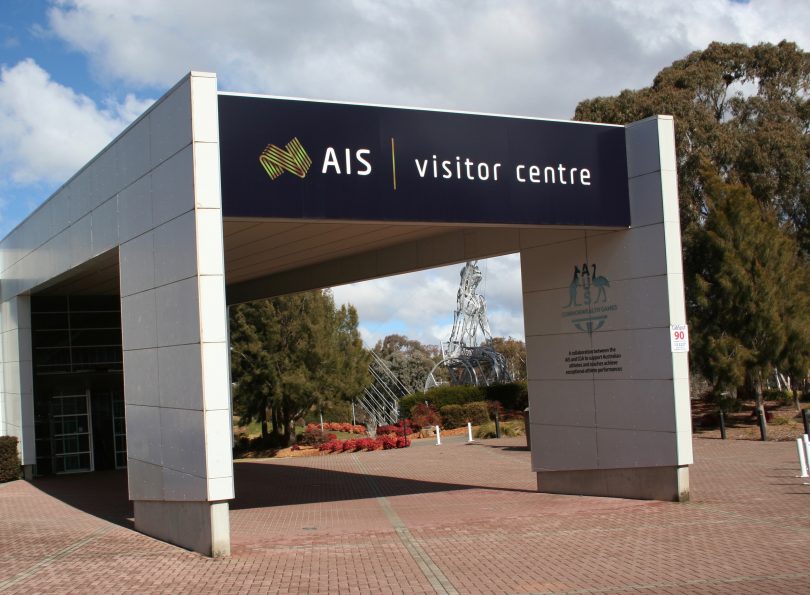
Entrance to the AIS Visitor Centre. Photo: Jennifer Andrew.
The AIS in the past worked because there was a collaborative approach between coaches, athletes, sports science and biomechanics. How that collaborative approach works now that many people are spread through the State Institutes and Academies will determine whether Australia regains its status as a world leader in sport.
I say this because jurisdictional rivalry for sporting excellence is intense and state governments put funds into their institutes with the expectation of results.
What the new era of the AIS needs now is strong stable leadership to ensure the rivalry between the State Institutes doesn’t negatively impact on Australian sport.
What are your thoughts on this issue? Share them by commenting below.












